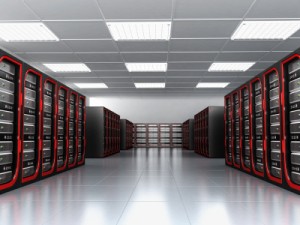The Android operating system may be best known as an OS for mobile phones, but Google’s operating system is branching out and getting into your kitchen.
 Never mind your smartphone or tablet; what about your fridge, or your oven?
Never mind your smartphone or tablet; what about your fridge, or your oven?
Soon, Google Inc. is hoping to be controlling devices in your home from televisions to rice cookers.
There’s already Android-enabled TVs, with the Android mini 4.0 that turns your television into a smart-TV. You can get hold of these from places like Appliances Direct. Just with the dongle, you can connect to the internet via your Xbox or Wii U, or even hook it up with your tablet or smart-phone. It’s easy now to watch YouTube or browse the internet in the comfort of your own front room and thanks to Wi-Fi there’s no fiddling about with cables and wires.
The main hook with smart-TV is the apps available on your television, including the capabilities to make Skype calls on the big screen.
So what exactly is in store for your kitchen?
Appliances like fridge freezers could be operated by Google in the near future. Take Samsung’s T9000 refrigerator, which will be available to purchase shortly. It’s kitted out in full for the modern home, with a 10 inch Wi-Fi touchscreen and the option to download such kitchen-friendly apps as recipe-maker Epicurous or note-taking Evernote.
And what about a rice cooker? Able to determine the type of rice and exactly what cooking instructions to follow, gear like this will be able to keep track of your shopping habits, keep tabs on your favourite brands for research purposes and suggest new brands to try.
Soon you can have a kitchen full of appliances sending information to each other. With the Andriod OS in tow, products like LG’s ThinQ refrigerator can connect to the LG SmartOven, telling it when to start preheating and to what level depending on your choice of dinner that evening.
Most smart appliances are set to run by your instructions via text, too. Put your dinner in the oven when you set off for work and a quick text on your way home turns the oven on so you’re greeted with a cooked meal when you walk through the door.
With microwaves, washing machines, ovens, fridges and even coffee machines and getting smarter, how long will it be before your home is full intelligent stuff? The kitchen of the future is apparently closer than you’d think.

